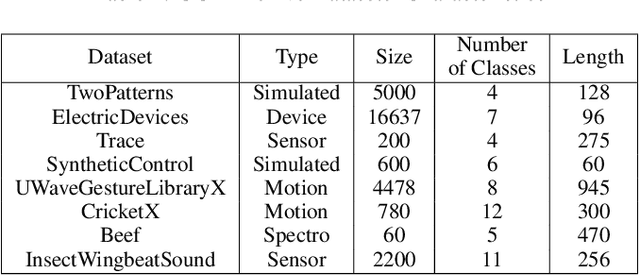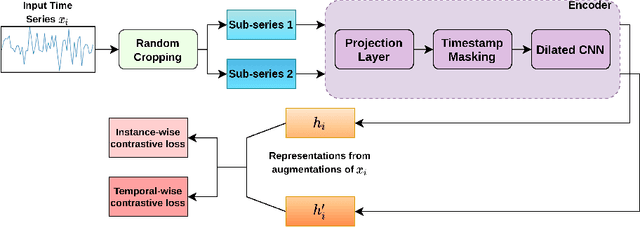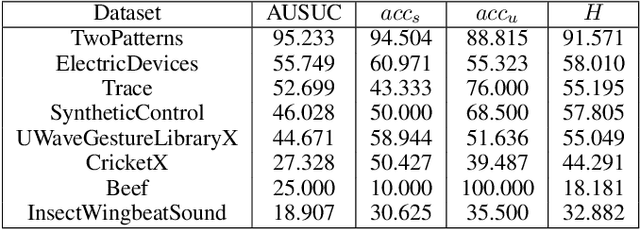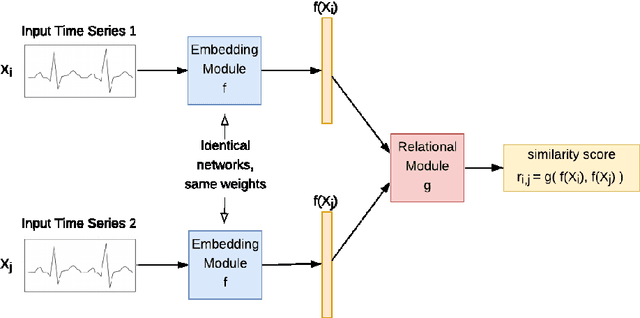Sathvik Bhaskarpandit
LETS-GZSL: A Latent Embedding Model for Time Series Generalized Zero Shot Learning
Jul 25, 2022



Abstract:One of the recent developments in deep learning is generalized zero-shot learning (GZSL), which aims to recognize objects from both seen and unseen classes, when only the labeled examples from seen classes are provided. Over the past couple of years, GZSL has picked up traction and several models have been proposed to solve this problem. Whereas an extensive amount of research on GZSL has been carried out in fields such as computer vision and natural language processing, no such research has been carried out to deal with time series data. GZSL is used for applications such as detecting abnormalities from ECG and EEG data and identifying unseen classes from sensor, spectrograph and other devices' data. In this regard, we propose a Latent Embedding for Time Series - GZSL (LETS-GZSL) model that can solve the problem of GZSL for time series classification (TSC). We utilize an embedding-based approach and combine it with attribute vectors to predict the final class labels. We report our results on the widely popular UCR archive datasets. Our framework is able to achieve a harmonic mean value of at least 55% on most of the datasets except when the number of unseen classes is greater than 3 or the amount of data is very low (less than 100 training examples).
Similarity Learning based Few Shot Learning for ECG Time Series Classification
Jan 31, 2022



Abstract:Using deep learning models to classify time series data generated from the Internet of Things (IoT) devices requires a large amount of labeled data. However, due to constrained resources available in IoT devices, it is often difficult to accommodate training using large data sets. This paper proposes and demonstrates a Similarity Learning-based Few Shot Learning for ECG arrhythmia classification using Siamese Convolutional Neural Networks. Few shot learning resolves the data scarcity issue by identifying novel classes from very few labeled examples. Few Shot Learning relies first on pretraining the model on a related relatively large database, and then the learning is used for further adaptation towards few examples available per class. Our experiments evaluate the performance accuracy with respect to K (number of instances per class) for ECG time series data classification. The accuracy with 5- shot learning is 92.25% which marginally improves with further increase in K. We also compare the performance of our method against other well-established similarity learning techniques such as Dynamic Time Warping (DTW), Euclidean Distance (ED), and a deep learning model - Long Short Term Memory Fully Convolutional Network (LSTM-FCN) with the same amount of data and conclude that our method outperforms them for a limited dataset size. For K=5, the accuracies obtained are 57%, 54%, 33%, and 92% approximately for ED, DTW, LSTM-FCN, and SCNN, respectively.
 Add to Chrome
Add to Chrome Add to Firefox
Add to Firefox Add to Edge
Add to Edge